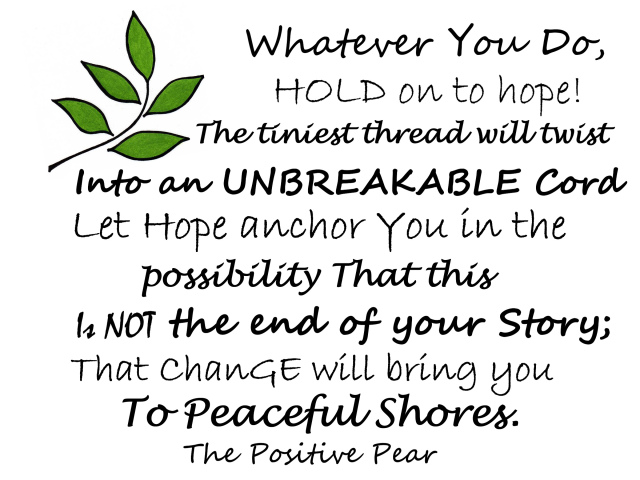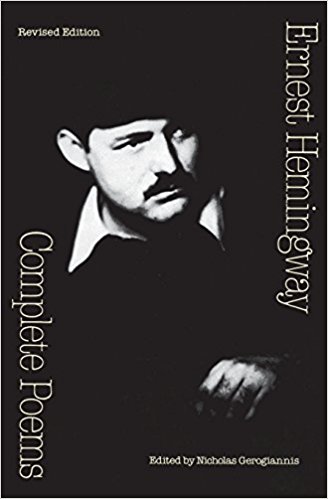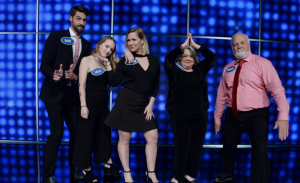Prior to attending Takashi Murakami’s art exhibit: The Octopus Eats Its Own Leg, I had my own assumptions about the artist. I expected him to be commercial, the exhibit a circus of colors and repeating shapes. After all, he is most well known for creating Kanye West’s Graduation album cover, the iconic bear leaping towards the future.

What I wasn’t expecting was to stand at the entrance of the doorway, reading the curator’s reflection: “…The Octopus Eats Its Own Leg, comes from a Japanese folk saying that hints at this process of regeneration and reflects a biological fact: an octopus in distress will chew off a damaged leg to ensure survival, knowing that a new one will grow in its place.”
I was entranced.
What was beautiful about Takashi Murakami’s exhibit was the repeating motifs- mainly, I would say, was this idea of regeneration. The curator explicitly pointed out that “…Murakami often feeds off his own work and Japanese history in order to explore our contemporary world.” Respectively, he received a PhD in Nihonga, a traditional Japanese art form that is seemingly unrelated to his vibrant, animation-styled artwork, yet can be found often in the background of his pieces. His initial artwork were also affected by the atomic bombing of World War 2, a fact I found deeply ironic with the recent political climate. How is it possible that during the short timeframe of his exhibit from June to September, North Korea would be launching a missile over Japan? It’s one of the many instances of the world that are so unlikely that makes it even more depressing.
His theme of repeating motifs continued in his artwork, presented by the exhibit: The 500 Arhats. It’s the exhibit that I personally enjoyed the most, as it revealed the humanistic side of Murakami that I wasn’t expecting. Arhats are Buddhist monks found in legend “…who roamed the land in an attempt to heal and comfort people.” He created these art pieces representing multitudes of Arhats after Japan was hit by a disastrous earthquake and tsunami back in 2011. In that exhibit room filled with individualized Arhats, some as tall as the wall, and some the size of my palm, I felt a certain condolence, as if there was a kind-hearted spirit sweeping around me.
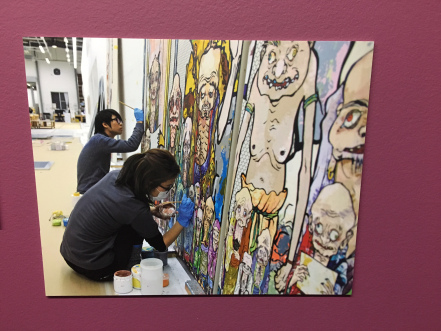


Although I was already a converted fan of Murakami at this point, what finally sealed the deal was reading his most recent art work: The Octopus Eats Its Own Leg. In a rather innocuous piece of art work that was spray painted with the title “The Octopus Eats Its Own Leg,” the background text revealed Murakami’s insecurities and inner turmoil. He admitted that he was socially awkward and precisely chose to be an artist due to his lack of social skills. But what he wasn’t expecting was his career to take off and require him to work together with his dozens, possibly hundreds, of assistants. He also reflected on the pain he felt in training new artists just to have them disappear quietly from his life. This connected with his theme of regeneration again, where he has to metaphorically eat off his own leg with the trust that a new one will grow.


Overall, words can’t express how much this exhibit resonated with me. Until recently, I felt like I was stuck in this stage of limbo, post application, pre- interview of medical school, where I’m really unsure of my future. I want to confidently enjoy my time right now, with the certainty that I’m going to be a medical student next fall, but without that acceptance letter, I feel like a hollow shell hoping that some sand will somehow catch me. My anxiety has significantly lessened with my recent art volunteering and gym routines, but it’s still reassuring to see someone connect the dots of their life as steadily as Murakami has done.
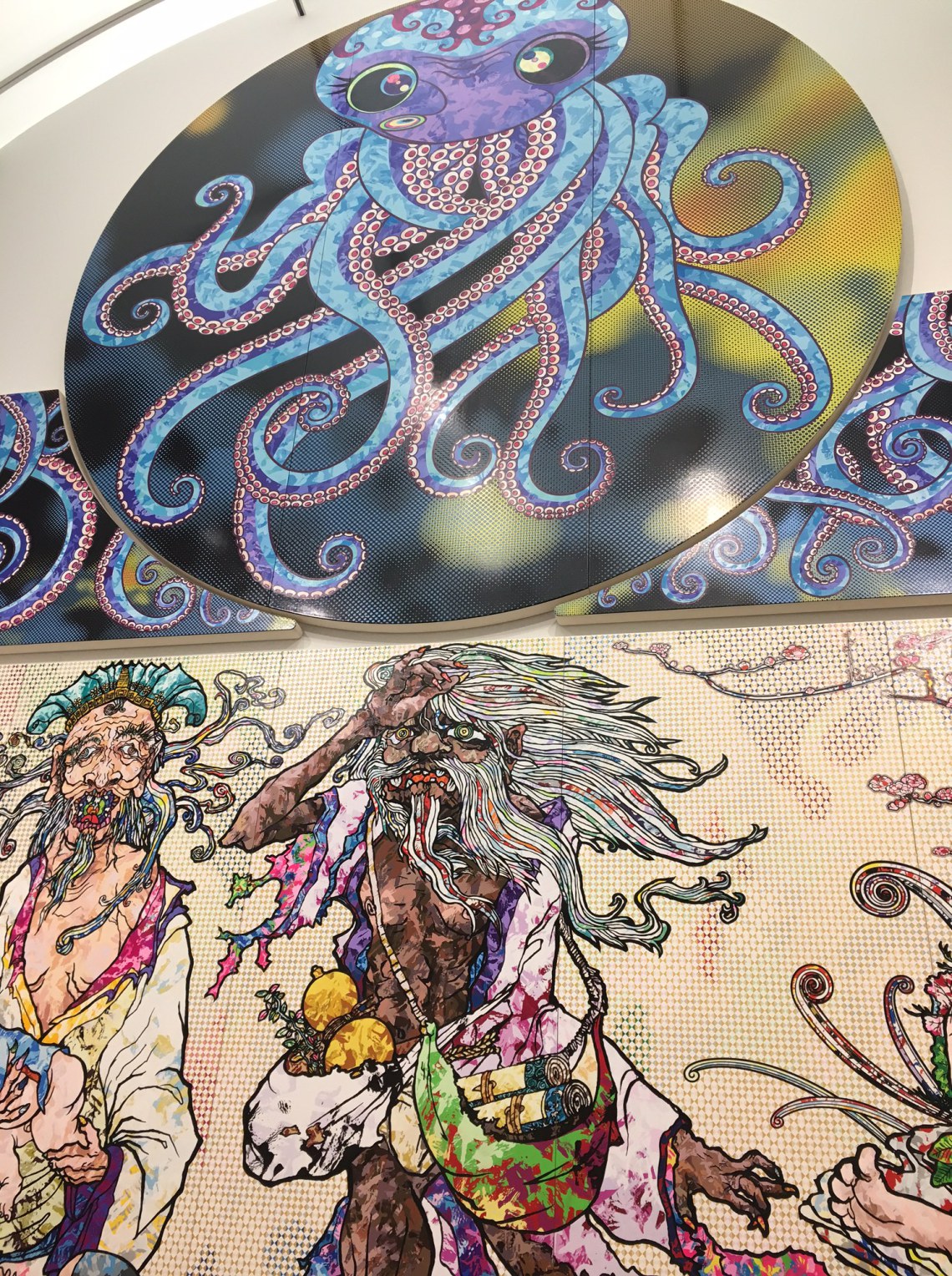
Although I want to say that I too, can chew off my own damaged limbs with the faith that a new one will grow, I currently lack that inner confidence. It’s something I hope to build over the years, as I am sure I will be continuously lost without it.

 Advertisements
Share this:
Advertisements
Share this:


